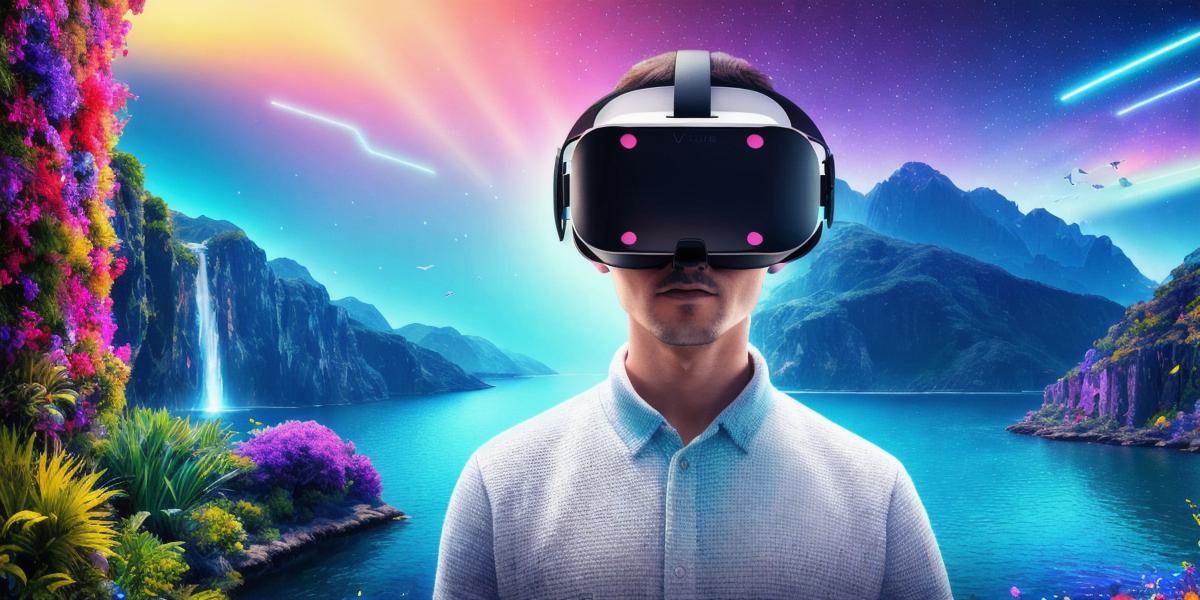Are you tired of being limited by reality? Are you ready to step into a new world and explore the limitless possibilities of virtual reality (VR)? Then look no further than these top VR websites! In this article, we’ll explore the best VR websites and how they can be used for simulated reality development.
1. Unity3D
Unity3D is one of the most popular VR development platforms on the market. It allows developers to create immersive 3D worlds and experiences for a variety of devices, including smartphones, tablets, desktops, and even virtual reality headsets. With Unity3D, you can create anything from simple games to complex simulations and training programs.
One example of how Unity3D is being used is in the field of education. For instance, some universities are using it to create virtual labs where students can conduct experiments without leaving the classroom. This allows them to learn in a more interactive and engaging way.
2. A-Frame
A-Frame is another popular VR development platform that’s gaining traction among simulated reality developers. It’s an open-source framework that makes it easy for anyone to create VR experiences using HTML, CSS, and JavaScript. This means that even if you don’t have a background in computer science, you can still create amazing VR experiences!
One example of how A-Frame is being used is in the field of journalism. For instance, some news organizations are using it to create immersive 360-degree videos that allow viewers to experience events from a whole new perspective. This not only makes the news more engaging, but it also allows people to better understand what’s happening in the world around them.
- WebVR
WebVR is a newer technology that’s designed to make VR experiences more accessible to everyone. It’s an open standard that allows developers to create VR experiences that can be accessed through any web browser, without the need for expensive hardware or software. This means that anyone with an internet connection can experience the power of virtual reality!
One example of how WebVR is being used is in the field of marketing. For instance, some companies are using it to create immersive product demos and virtual storefronts that allow customers to try out products before buying them. This not only increases customer engagement, but it also helps businesses make more informed decisions about their products and services.
In conclusion, virtual reality is a rapidly growing field with limitless possibilities for simulated reality development. Whether you’re a student, a journalist, or a business owner, there are plenty of VR development platforms out there that can help you create amazing experiences. So why not step into a new world and start exploring today?
FAQs
- What is virtual reality?
- Virtual reality (VR) is a technology that creates an immersive 3D environment that can be experienced through a VR headset or other device.
- How does virtual reality work?
- Virtual reality works by presenting stereoscopic displays to the eyes, which creates the illusion of depth and movement in the real world.
- What are some common uses for virtual reality?
- Some common uses for virtual reality include gaming, education, training, and marketing.
- How do I create a VR experience?
- There are several VR development platforms available that make it easy to create VR experiences using HTML, CSS, and JavaScript.
- What kind of hardware do I need to use virtual reality?
- To use virtual reality, you’ll need a VR headset or other device that supports the technology, as well as a powerful computer or gaming console to run the software.
